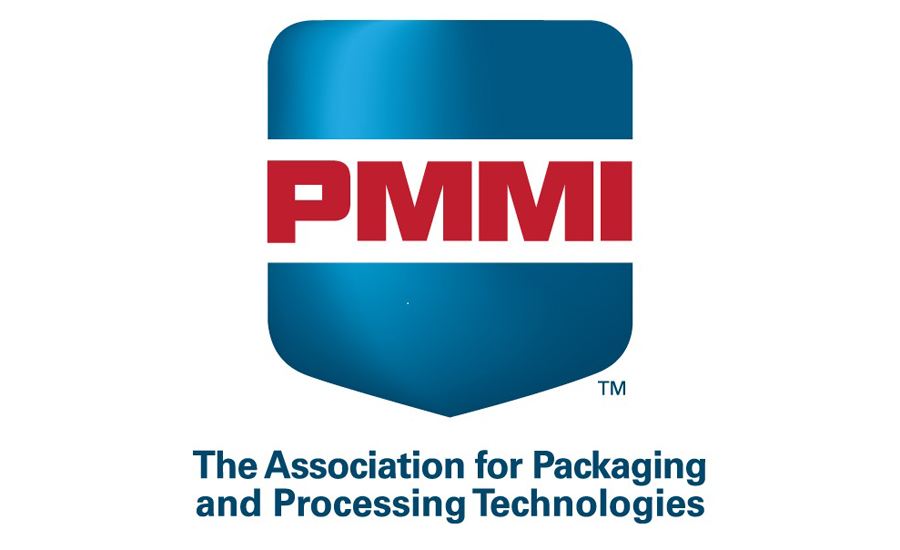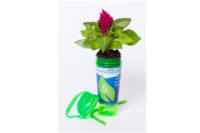Sustainability continues to be a top purchasing driver among consumers. A recent global survey conducted by Nielsen found over 50 percent of consumers consider sustainability factors when purchasing a product. Furthermore, 66 percent of global respondents are even willing to pay more for these products. The latest Global Packaging Trends Report from PMMI, the Association for Packaging and Processing Technologies, also identifies environmental impact as a key trend driving innovation in primary packaging. Flexible plastic cuts waste, adds value
According to the Flexible Packaging Association, flexible plastic requires less energy to manufacture than other types of packaging. Furthermore, it provides resealable features which keep food products fresh longer. This resealability helps reduce food waste, which translates into a business, environmental and social benefit. However, while manufacturers benefit from minimizing material use, flexible packaging is less commonly recycled.
Metal packaging is forever
Among the various benefits associated with metal, sustainability is a major win. It stands the test of time and is 100 percent recyclable. According to the Aluminum Association, nearly 75 percent of all aluminum ever produced is still in use today. It is also one of the only materials in the consumer disposal stream valued for more than the cost of its own collection. Paper comes customizable
Brand owners committed to sustainability can also turn to paper-based packaging. The material is renewable and more recyclable than any other in the market. In addition to its sustainability benefits, paper is engineered to be sturdy, lightweight and customizable to meet the specific needs of each brand. It is versatile and cost efficient for shipping, protecting and displaying goods.



